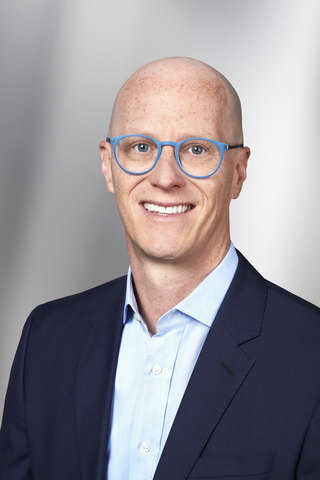NAPLES, Fla.– Catalyst OrthoScience Inc. (Catalyst), a medical device company focused on the upper extremity orthopedics market, has appointed seasoned medical device leader Mark Quick as chief financial officer of the organization, effective immediately.
Quick joins Catalyst with nearly two decades of medical device experience. He was most recently at Orthofix Medical Inc. where he served in financial leadership and business development roles of increasing responsibility across financial planning and analysis, investor relations, and mergers and acquisitions.
Prior to Orthofix, he served as a sell-side equity research analyst covering the medical device industry at Canaccord Genuity. Quick holds a Bachelor of Science in Mechanical Engineering from the University of Massachusetts, Amherst and an International Master of Business Administration from the University of South Carolina.
“I am thrilled to join Carl and the rest of the talented Catalyst team in their commitment, dedication, and focus to providing differentiated solutions to shoulder surgeons and patients,” said Quick. “With its growing product portfolio, Catalyst is positioned to accelerate expansion of its distribution channel leading to broad adoption in the high-growth $1.5 billion U.S. shoulder replacement market.”
Catalyst recently received 510(k) clearance from the FDA to market its fully convertible stemmed total shoulder arthroplasty system with an ellipsoid anatomic head. This is the market’s first stemmed arthroplasty system featuring an ellipsoid humeral head, and expands the Catalyst portfolio to offer stemless, stemmed, and convertible shoulder replacement systems.
“Mark brings a wealth of expertise in the medical device market to our team, and we are excited to leverage his decades of experience as we continue to grow,” said Carl O’Connell, CEO and president of Catalyst. “Our purposely designed approach to shoulder replacement surgery is focused squarely on solutions that better match the patient’s own anatomy, reduce complications and support the needs of surgeons for precision, accuracy and repeatability.”


